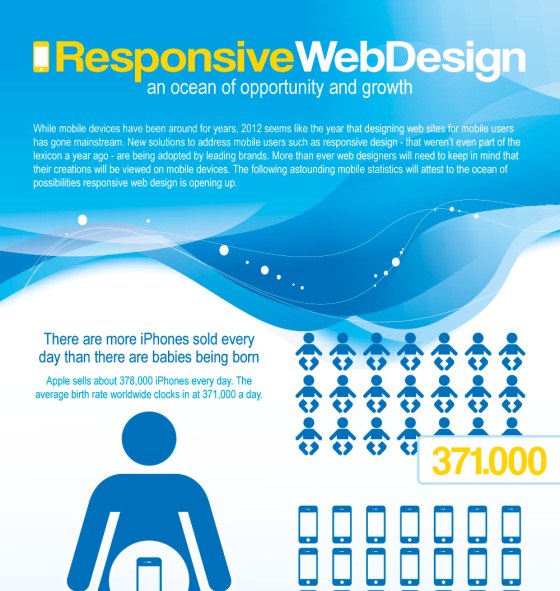Web Site Style Fundamentals: Tips For Structure A User-Friendly Website
Web Site Style Fundamentals: Tips For Structure A User-Friendly Website
Blog Article
personalised website content By-Aguirre Thrane
When it comes to website layout, making certain user-friendliness is key. From receptive style to structured navigating, every aspect plays a crucial role in creating a site that accommodates your target market's needs. However what regarding the better information that can make or damage a user's surfing experience? Stay tuned as simply click the up coming internet site uncover some often-overlooked tips that can elevate your website's usability to the next level, making it truly attract attention in the electronic landscape.
Importance of Responsive Layout
Responsive layout is an essential aspect of contemporary web site development. Ensuring your website is responsive ways that it can adjust to various screen sizes and gadgets, giving a smooth experience for individuals.
With optimize seo for my website raising use smart devices and tablet computers to access the net, having a responsive layout is essential for getting to a broader audience. It assists in improving user experience by making your site easy to navigate and keep reading any type of tool.
In addition, receptive design can favorably impact your internet search engine positions, as internet search engine like Google prioritize mobile-friendly web sites. By having a receptive style, you're additionally future-proofing your website, as brand-new tools with varying display dimensions continue to arise.
Simplify Navigating Structure
To enhance customer experience and facilitate very easy access to info on your web site, enhancing the navigating framework is extremely important. When designing your website, concentrate on producing a clear and user-friendly navigating menu that helps site visitors find what they're trying to find promptly.
Restriction the number of menu things to the essentials, organizing related web pages together to prevent overwhelming customers. Use descriptive tags that clearly show the content of each page, making it simpler for customers to understand where each link will take them.
Think about implementing dropdown food selections for subcategories to prevent cluttering the main navigation bar. Additionally, include a search bar prominently on the page for customers that prefer looking for certain details.
Focus on mobile responsiveness in your navigating style to guarantee easy gain access to on all gadgets.
Optimize Web Page Load Speed
Improving web page load speed is vital for retaining visitors on your web site. Slow-loading web pages discourage users and can bring about high bounce rates. To maximize page load speed, beginning by optimizing photos. Compress images without compromising top quality to decrease their data sizes.
Furthermore, enable web browser caching to keep frequently accessed resources in your area, accelerating load times for returning site visitors. Minify CSS, JavaScript, and HTML data by eliminating unnecessary characters, comments, and formatting, enhancing load rate.
Think about making linked internet page of a web content distribution network (CDN) to distribute your website's material throughout numerous web servers worldwide, decreasing latency for individuals accessing your site from different places. Lastly, restrict using third-party manuscripts and plugins, as they can substantially impact lots times.
Verdict
Finally, by incorporating responsive design, simplifying navigation, and optimizing web page load speed, you can produce a straightforward internet site that appeals to a larger audience and boosts individual experience. These essential elements ensure that visitors can quickly accessibility and browse your website throughout different gadgets, causing increased involvement and contentment. By concentrating on these vital facets, you can construct an effective web site that keeps customers returning for even more.
